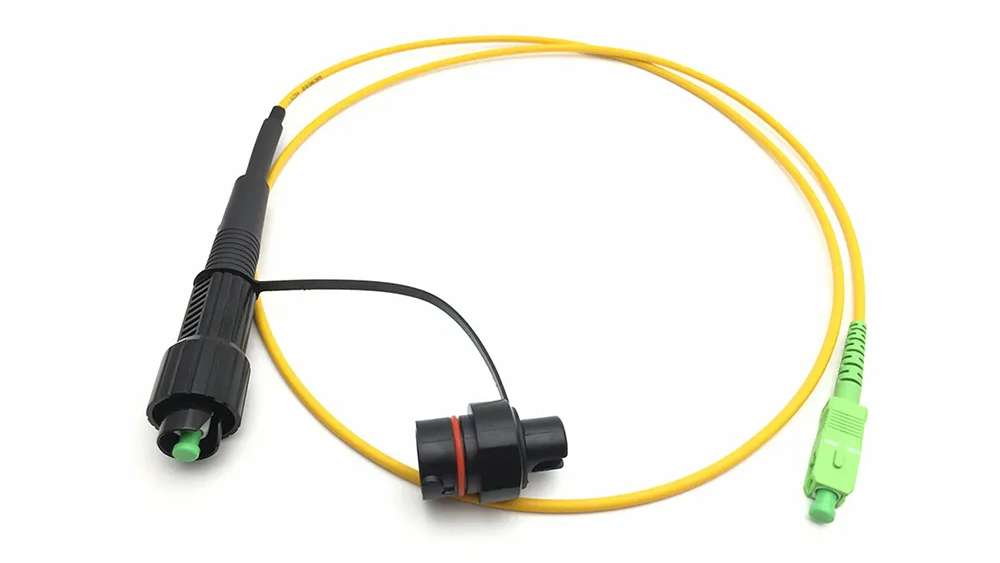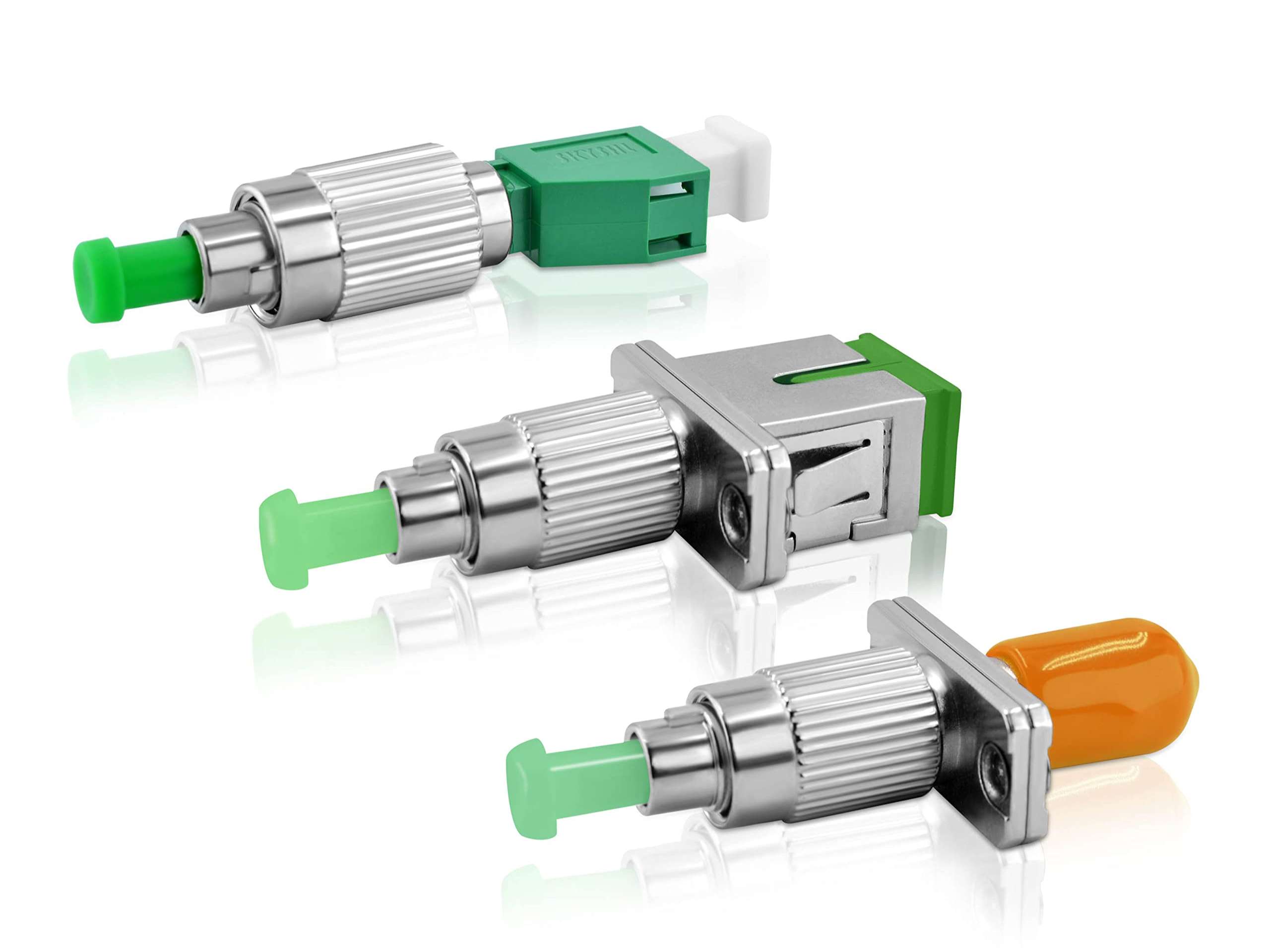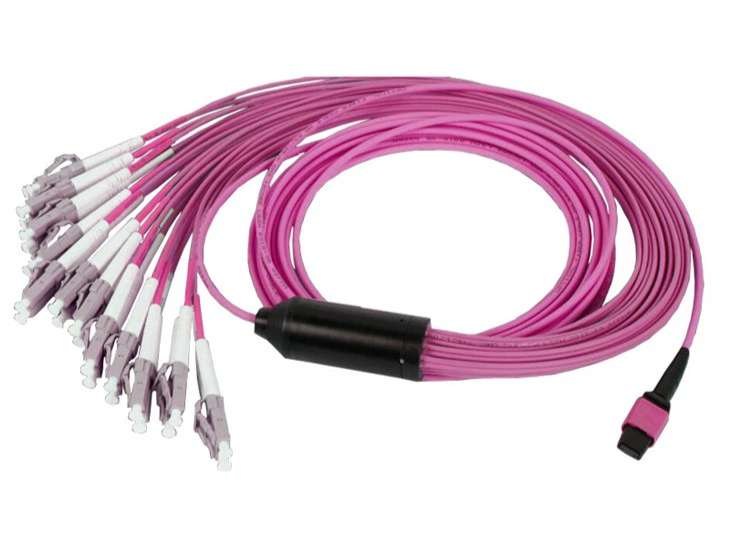Exploring the Benefits of Fiber Solutions for Structured Cabling

Unleashing Fiber Solutions for Structured Cabling
Structured cabling plays a crucial role in achieving efficient fiber solutions, revolutionizing network infrastructure. When compared to traditional copper cabling, fiber solutions offer numerous advantages that make them the preferred choice for modern networks. With higher bandwidth and faster data transmission, fiber solutions ensure optimal performance for data-intensive applications. The importance of structured cabling cannot be overstated, as it provides the foundation for a reliable and scalable fiber network. By utilizing the right types of cabling, such as fiber optic solutions, organizations can future-proof their network infrastructure and support the increasing demands of today's digital landscape. Let's delve deeper into the benefits of using fiber solutions over copper cabling and explore the different types of cabling suitable for structured fiber solutions.
A Closer Look at Fiber Solutions
Fiber solutions offer a range of advantages that make them the preferred choice for structured cabling. One of the key benefits is their ability to provide higher bandwidth and faster data transmission. This means that organizations can transfer large amounts of data quickly and efficiently, supporting data-intensive applications without compromising performance. Additionally, fiber solutions offer improved signal quality and reliability compared to traditional copper cabling. They are less susceptible to electromagnetic interference and signal degradation, ensuring a stable and consistent connection.
The applications of fiber solutions are diverse and widespread. Data centers and server rooms heavily rely on fiber optic solutions for their high-speed connectivity needs. The ability to transmit data over long distances without loss or degradation makes fiber solutions ideal for telecommunication networks as well. Local area networks (LANs) also benefit from fiber solutions, especially in environments where high bandwidth is required for seamless communication between devices.
By leveraging fiber infrastructure solutions, organizations can future-proof their network architecture and support the growing demands of modern technology. Whether it's for high-speed internet access, video streaming, cloud computing, or other data-intensive tasks, fiber solutions provide the necessary speed, reliability, and scalability.

Exploring Different Types of Fiber Cabling
Fiber cabling comes in various types, each with its own characteristics and suitability for different network environments. Two commonly used types are single-mode fiber and multimode fiber.
Single-mode Fiber vs. Multimode Fiber
Single-mode fiber has a smaller core size compared to multimode fiber, allowing it to transmit data over longer distances with minimal signal loss. It is ideal for long-haul applications where high bandwidth and extended transmission distances are required. On the other hand, multimode fiber has a larger core size, enabling it to support shorter distances while still providing high-speed data transmission. It is commonly used in local area networks (LANs) and shorter reach applications.
Other Fiber Cable Variations
In addition to single-mode and multimode fiber, there are other variations of fiber cabling that cater to specific requirements:
Plenum-rated fiber cables: These cables are designed for use in plenum spaces, which are areas above suspended ceilings or below raised floors used for air circulation in buildings. Plenum-rated cables have fire-resistant properties and comply with safety regulations.
Armored fiber cables: These cables have an additional layer of protection in the form of metal armor, making them resistant to physical damage such as crushing or rodent bites. They are commonly used in harsh environments where durability is essential.
Distribution fiber cables: Also known as breakout cables, distribution fibers consist of multiple individual fibers bundled together under a single jacket. They provide flexibility and ease of installation when connecting different devices within a network.
Understanding the different types of fiber cabling allows organizations to choose the most suitable option based on their specific needs and network requirements.
Best Practices for Fiber Cabling Installation and Maintenance
Proper installation and maintenance of fiber cabling are essential to ensure optimal performance and longevity of the network. Here are some best practices to follow:
Installation Tips for Fiber Cabling
Proper cable routing and management: It is crucial to plan the cable routes carefully, avoiding sharp bends or excessive tension that could cause signal loss or damage. Cable trays, conduits, and appropriate support structures should be used to maintain the integrity of the cabling infrastructure.
Ensuring clean and secure connections: During installation, it is important to handle fiber connectors with care to prevent contamination. Dust, dirt, or fingerprints on connectors can degrade signal quality. Using dust caps when connectors are not in use and cleaning them with lint-free wipes and approved cleaning solutions can help maintain clean connections.
Maintenance and Troubleshooting Techniques
Regular inspection and cleaning: Periodic inspections of fiber cabling should be conducted to identify any signs of damage or degradation. Cleaning connectors using proper techniques helps remove contaminants that may affect signal transmission.
Identifying and resolving common fiber issues: Understanding common fiber issues such as signal loss, attenuation, or dispersion can help troubleshoot problems effectively. Using specialized tools like optical time-domain reflectometers (OTDRs) can assist in pinpointing the location of faults or breaks in the fiber.
By following these installation tips and maintenance techniques, organizations can ensure a reliable and efficient fiber network infrastructure.

Exploring Fiber Connectors and Industry Trends
Fiber connectors play a crucial role in establishing reliable connections within fiber cabling systems. Here are some common fiber connectors used in the industry:
Common Fiber Connectors
SC connectors: The Subscriber Connector (SC) is a popular choice for its push-pull design, making it easy to insert and remove. It is commonly used in data communication applications and provides low insertion loss and high repeatability.
LC connectors: The Lucent Connector (LC) is widely used due to its small form factor, making it ideal for high-density applications. It offers excellent performance with low insertion loss and high precision alignment.
ST connectors: The Straight Tip (ST) connector features a bayonet-style coupling mechanism that provides secure connections. It is commonly used in networking environments and offers good durability.
Trends and Innovations in Fiber Cabling Solutions
The fiber cabling industry continues to evolve, with new trends and innovations shaping the future of network infrastructure. Some notable trends include:
Fiber to the home (FTTH): With the increasing demand for high-speed internet access, FTTH has gained popularity as it delivers fiber connectivity directly to residential homes, enabling faster speeds and greater bandwidth.
Increased adoption of MPO connectors: Multi-fiber Push-On (MPO) connectors are becoming more prevalent, especially in data centers where high-density connections are required. MPO connectors allow multiple fibers to be terminated simultaneously, improving efficiency and reducing installation time.
Advancements in fiber termination technology: New advancements have been made in fiber termination techniques, such as fusion splicing and mechanical splicing, ensuring precise alignment of fibers for optimal signal transmission.
Staying updated with these industry trends helps organizations make informed decisions when implementing or upgrading their fiber cabling solutions.
Embracing the Future: Enhanced Network Infrastructure
Fiber solutions have revolutionized network infrastructure, offering higher bandwidth, faster data transmission, and improved signal quality. By implementing structured cabling with fiber solutions, organizations can ensure efficient and reliable connectivity that meets the demands of today's digital landscape. It is crucial to stay updated with industry trends and innovations to optimize network performance. As technology continues to advance, embracing fiber solutions and structured cabling will be key in building a robust network infrastructure that supports the growing needs of businesses and individuals.
See Also
The Advantages of Using FC Male - ST Female 9/125 Hybrid Adapter for Fiber Optic Connectors
Discovering the Uses of LC SC Duplex Fiber Optic Adapters
MU Fiber Optic Pigtails: Key Features and Benefits for Network Engineers
Understanding Different Types of Fiber Optic Adapters: A Comprehensive Guide
Choosing the Best Fiber Optic Splitters: The ABS PLC Advantage
About US
Follow Us
AnetFiber company's main products are indoor and outdoor optical fiber cables, outdoor waterproof pre-connected fiber-to-the-home products, PLC optical fiber splitters, optical fiber jumpers and pigtails, MTP®/MPO high-density big data product solutions, optical fiber field quick connectors and research and development molding, injection molding and production of optical fiber distribution boxes, optical fiber chassis cabinets, the market has expanded to the world, Europe, America, Asia, the Middle East and Latin America.
Address
Shenzhen City, Baoan District, Yanluo Street, Tangxiayong Community, Yangyong Industrial Road, Tonggangda New Energy Vehicle Park 406
Contacts
+86 199 2655 3586

